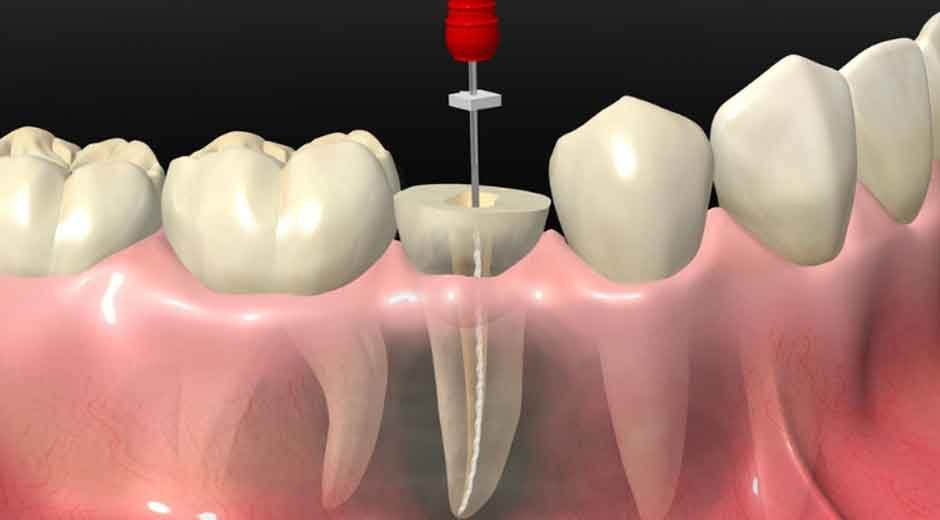A root canal procedure involves a dentist removing the infected or inflamed pulp, then cleaning and sealing the tooth to help prevent reinfection and avoid extraction. Dental specialists perform this procedure on patients with cracked teeth or deep tooth decay that can cause pain and increase the risk of infection. Understanding what root canal entails allows you to visit a dentist early and avoid issues like tooth loss, abscesses, or the spread of disease. Here is more information on what this dental procedure involves:
Signs You Need a Root Canal Treatment
If you experience a toothache that’s persistent or throbbing, your tooth’s inner part, also known as pulp, may be infected. The throbbing pain may be felt deep within the tooth or radiate to the face, jaw, or adjacent teeth. This pain may exacerbate when you bite down, chew, or even when sleeping. Because of the damaged nerves in the pulp, you may also experience prolonged pain or discomfort when you consume cold or hot foods and drinks. An infection in the pulp can cause your gums to swell. You may also notice pus around the swollen gum. Other signs include darkened tooth color or a loosened tooth due to nerve death or weakened nearby bone.
Steps of This Dental Procedure
Once you understand how this procedure works, you should be more informed and comfortable about what to expect. Select a dentist who understands each step to help restore the health and functionality of your tooth successfully. Here are the key steps of this dental procedure:
Examination and Preparation
A dentist will first conduct a physical examination, which may include a dental X-ray, applying pressure to the infected tooth, or tapping to determine severity. These diagnostic tests enable the dentist to pinpoint the source of the pain or discomfort and also assess the shape of your root canal. After identifying the pulp damage or infection, they apply a local anesthetic, which numbs the problem tooth and the area. The dentist then places a dental dam, which is a rubber-like sheet, around the tooth before opening the crown. A dental dam prevents saliva from reaching the area around the affected tooth, keeping it clean and safe from contamination.
Pulp Removal and Cleaning
The dentist then drills the crown to create a tiny opening for access to the damaged or infected pulp tissue that’s inside. Using endodontic files and reamers, they remove the affected pulp tissue and root canals from the pulp chamber. The dentist will then remove any debris in the left hollow canal space and disinfect it with antiseptic irrigation solutions. Once the space is dried, they fill it with a biocompatible material, known as gutta-percha. This is a rubber-like substance that seals the canals to prevent bacteria from re-entering and causing reinfection.
Aftercare and Recovery
You may experience some discomfort, including mild pain or tenderness, after this procedure. Taking some over-the-counter pain-relievers can help ease the discomfort in the affected tooth and surrounding area. Chewing on the other side of the mouth and using bacterial mouthwash can help prevent irritation and quicken healing. Other aftercare and recovery tips include:
- Avoiding smoking
- Brushing the teeth after meals
- Flossing every day
- Eating soft foods, such as smoothies and mashed potatoes
Visit a Dentist Today
Undergoing this dental procedure can help preserve the health of your jawbone, restore chewing function, and prevent future tooth extraction. A professional dentist has the expertise to conduct the procedure safely, accurately, and quickly. Contact a trustworthy dental specialist today to get the relief you need.
















